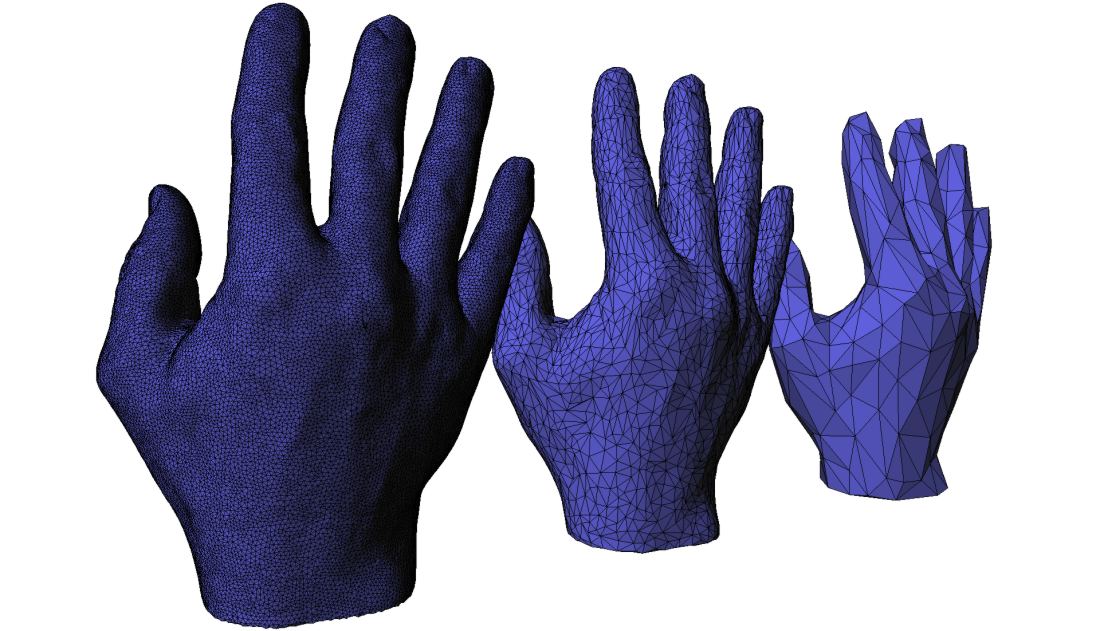Here I’ve compiled a list of functions to manipulate Eigen::SparseMatrix in Libigl, due to the lack of documentation.
Up-to-date with commit 1f5a0c1.
CMake has followed the C++ standard on the road to modernization, which leads to simpler package and dependency management. As opposed to the old ways of doing CMake like setting CMAKE_CXX_FLAGS directly, modern cmake introduces lots of facilities to handle dependencies more cleanly. But also like C++, CMake is a huge monster now which is very hard to tame. Although there are a few talks and tutorials about modern CMake on the Internet, I still find them hard to follow for the first time.
Here I’ll present a detailed explaination on how to use modern CMake, especially for library developers who want to package their libraries for downstream developers to use easily with CMake. Basic knowledge of CMake is preferred, as I’ll not cover too much on some basic commands.
The idea of vertex specification is pretty simple, after you submit data to OpenGL, you need to tell OpenGL how to interpret those data. But I’m always quite confused by the names related to the vertex specification thing, for example,
GL_VERTEX_ARRAY_BUFFERglVertexAttribPointerglEnableVertexAttribArrayWhat’s the fuss about those funny names? It really needs more conceptual explanations before those words could make any sense.
CGAL, which stands for the Computational Geometry Algorithms Library, is an important tool set to use and build geometric algorithms. It contains a tons of packages with various functionalities, so this time I’m only gonna explore a little part of this beast and figure out the basics to do mesh processing with CGAL.

(Mesh smoothing algorithm, picture taken from the CGAL document).
Today I was testing the performance of a piece of code, which is basically accessing each element in a container within a for loop. But the result is quite shocking because I found the std::for_each version is 10 times faster than the raw loop. What?
RunTime Type Information or RunTime Type Identification, or just RTTI, is a useful feature in C++ language. As its name suggests, this facility gives you the ability to query type information at runtime.
dynamic_cast<>typeid()Those are the main tools to achieve RTTI. Some of you may frown upon this RTTI thing because it seems to have a bad reputation out there, and there is a good reason for that. Generally you want to stay away from this feature because static typing is much safer than dynamic typing thanks to the compiler, and it gives you runtime overheads as well. So why is it useful?
This post is about a paper published in ICCV2015, called “Multi-view Convolutional Neural Networks for 3D Shape Recognition”. It describes a method to classify 3d shape models using 2d image classification networks. While the authors have open-sourced their matlab implementation on GitHub, here I’ll try to implement this network with Caffe.
In the first half of this two-part blog, I’ll quickly explain the core idea of this paper. After that I’ll try to implement a naive version of this network. While in part II I’ll go through the details on implementing MVCNN as the paper describes.
The complete codes and scripts in this blog can be found at my GitHub repo.
(The network architecture of MVCNN)